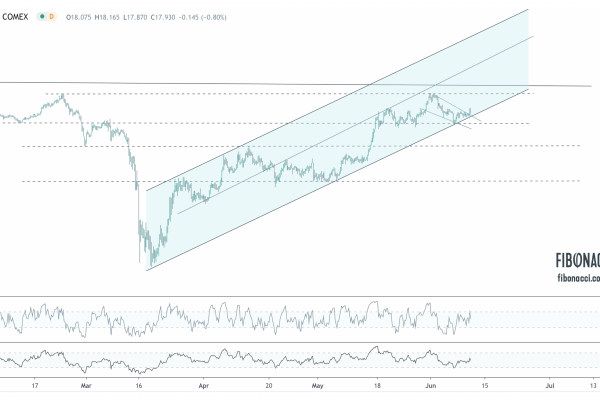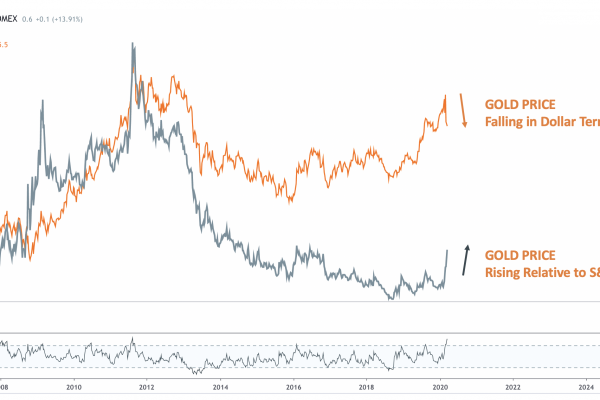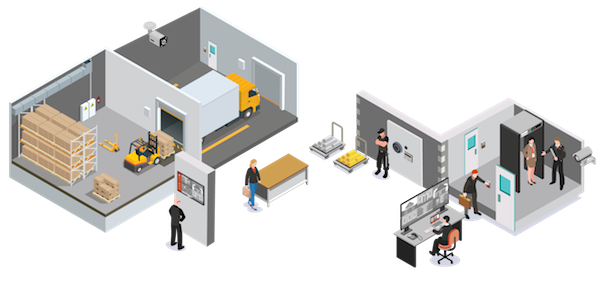Written by Border Gold May 22, 2017
There’s no shortage of reasons why the Bank of Canada should start to think about higher interest rates.
For example, in the last two years two Canadian provinces have implemented regulations to attempt to cool their overheated housing markets. However, to date prices are tracking higher. For first time in four years, Moody’s Investor Service, which is a debt rating agency, issued a warning and a collective downgrade on all six of Canada’s biggest banks. To add one more into the mix, the past six weeks saw the closest thing to a bank run in modern Canadian history. Depositors withdrew savings en masse from troubled alternative mortgage lender, Home Capital, because of their relation to higher risk mortgage holders. As we wait to measure the efficacy of fiscal or government policy, the Bank of Canada may have a hand to play.
The dovish nature of Bank of Canada Governor, Stephen Poloz has been witnessed on numerous occasions, and he still might hold one trump card. Canadian inflation through April is advancing at a pace of just 1.6%. This is far from levels of its G7 peers like the United Kingdom at 2.7% and the U.S. at 2.2%, and even the Euro Area seeing collective inflation at 1.9%. Into the summer months, with limited risk of higher energy prices, it seems likely Governor Poloz may lean on the muted level of inflation to keep him from raising interest rates while acknowledging the risks of consumer debt and inflated housing prices.
This past week, CIBC World Markets put out a report suggesting that because of how housing and associated costs were measured between the US and Canada, inflation between the two countries might not differ as much as economic statistics suggest. To save the technicalities, Canadian statistics may under gauge the increase in housing costs because inflation is tied to mortgage rates, and the US could be overshooting as they look at rental pricing. Regardless of which is more accurate, suggesting that the Bank of Canada is failing to capture the run up in home prices could eventually contribute to a convergence in interest rate policies. The differing policies over the past two years were casting a weight on the loonie when the US Federal Reserve began tightening.
The Bank of Canada’s time on the sidelines may be limited. Ultimately, Canada’s major trading relationship with the US may see us import their inflation. The interconnectedness of our economy with theirs suggests this, and for this reason, interest rate policy in this nation can only lag that of the US for so long. The second part of the equation relates back to the status of the Canadian financial sector. Canadian banks are still acknowledged internationally as some of the globes safest, although the increased credit risk of their average Canadian borrower is what keeps everyone from short sellers to debt rating agencies to the IMF excited.
Canadian economists have not been anticipating a hike in interest rates until 2018. But higher interest rates could likely come sooner. The change in sentiment is the upside risk for the Canadian dollar.






